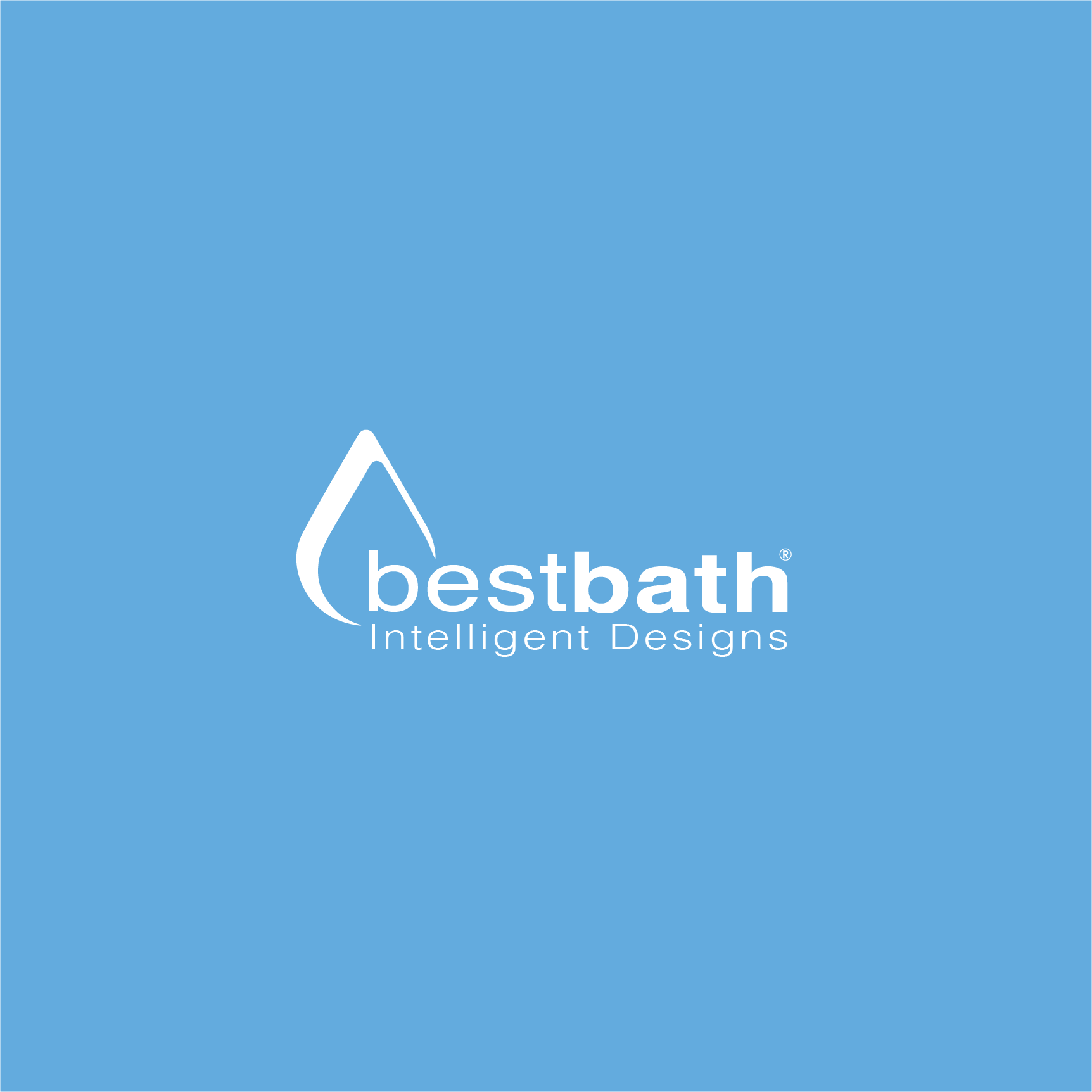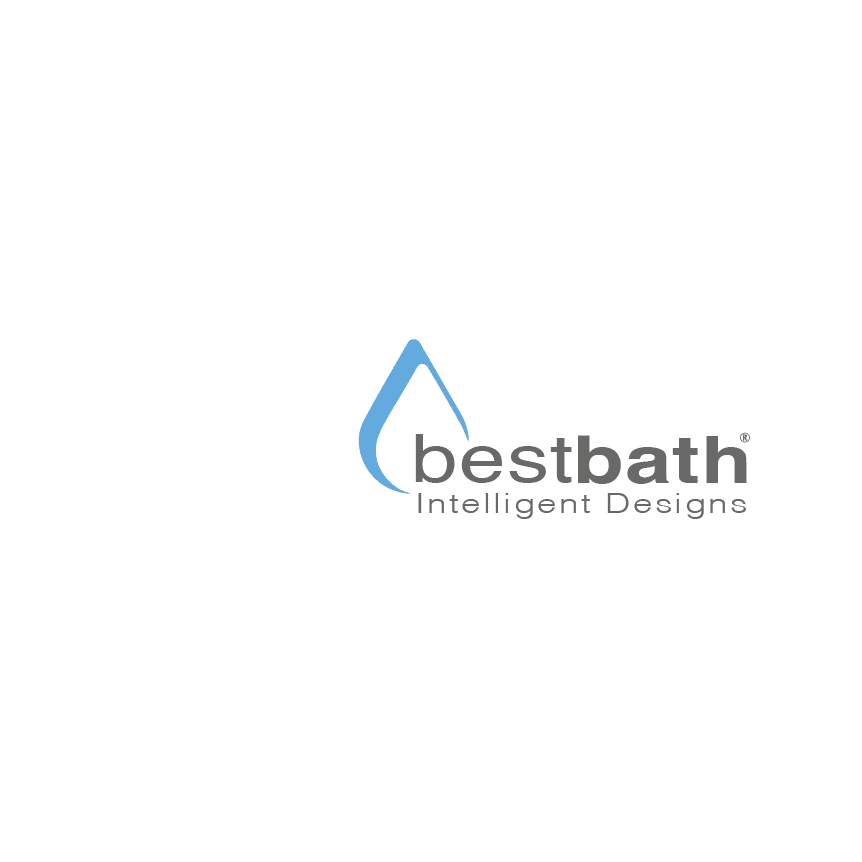How to approach universal design from a broader perspective, helping eliminate the stigma that adaptability is meant only for an older population.

Catch all of the PCBC conversation on our YouTube playlist: A PCBC Conversation.

The following is a transcript of the video "The Stigma of Universal Design: A PCBC Conversation" :
Nigel: So, conceivably, this generation is growing up at a time when design is much more important in America because traditionally, it's the Europeans who've been more design forward. Italy, Spain, France, what have you, it's Scandinavian countries. But, these folks are growing up with iPhones, smartphones, Target, Apple, what have you.
Beth: The world's gotten much smaller.
Nigel: So, let's talk about sustainability a little bit. And I wanna direct this question to Beth first, but you can come back and answer.
Susan: Sure.
Nigel: Sustainability has moved pretty fast in the last 10 years. Green, sustainability and high performance. Do you think universal design and accessibility should be tacked on to that for the ride?
Beth: I think whenever we can do that, I think it is important. I think it is something that the millennials, I think it's something every generation thinks about and appreciates that a builder can do that or a manufacturer can do that, whether it's green to the actual product or whether it's green in the manufacturing or whether it's green in the shipping of that product.
I think also, sustainability to many generations and especially to the millennials means, "I buy it once and I don't throw it away. I'm not adding to the landfill. I'm buying quality. I'm willing to pay for it because I'm never gonna have to replace this." So, they really are looking for that quality, they're looking for the durability, they're looking for the practical, but at the same time, they're looking for the design element of it.
Nigel: So, what do you think, Susan? Do you agree with that?
Susan: I do agree with that, absolutely.
Nigel: So, why hasn't universal design been thought of as a sustainable way to live or a sustainable way to build or design?
Susan: Well, I think it has, we just don't have the organization for universal design yet. Well, it's been in a cottage industry for over 20 years. It hasn't propelled to the level that green design has, with the certification and the standards. I mean, I remember years ago, lead was very much a pushback. It was like, "Oh, my Gosh. It's gonna cost more. And, why this, and why that?" And now, you get awards for it and you get recognition for it. So, it's become the norm.
And I believe that when we get universal design moving forward, which is where it's very much in the works now to have the standardization, the branding for our social branding, and the certification processes, we'll see that as being integrated. But because the evolution of both of the same side of...we got one coin and we've got two sides of it, universal design has been on one side, sustainability has been on the other end, we're in different evolutionary stages.
Nigel: Have you seen any movement towards the two merging?
Susan: Oh, yeah, absolutely. Absolutely. Absolutely. Products are just...yeah.
Beth: And I think that's driven by that. It really is a consumer desire. It is.
Susan: It is, very much so.
Beth: The consumer, it's part of that expectations are higher. We all have to work a little harder because the consumer is looking for more from our industry.
Nigel: Okay. Well, let's stick with that theme because we're gonna spend the rest of the time talking about an important aspect of this whole thing, which is marketing, Marketing to consumers, marketing to builders, architects, designers, what have you. So, what are some of the issues we have to overcome as it relate to these topics?
Susan: So, from my perspective, we don't have any concise guidelines or standards right now for universal design.
Nigel: Even though we have ADA?
Susan: Well, ADA is about accessibility in the commercial environment and for state and local governments. So, that's healthcare, that's movie theaters, that's everything else but single-family dwellings. So, a single-family dwelling is not governed under ADA, and UD is very much voluntary process.
So, until we get concise guidelines that we get good images, we get great articles written that really truly do show seamless integrated design, we're gonna continue to show a grab bar and get into that whole message of, "Gee, it's for somebody who has that need," versus being seamless and you don't even know what the features are in the home. You just know they're easier and low maintenance and all the other things that we have.
Beth: And I think we need to look at changing that definition and broadening that definition because it goes beyond the aging-in-place to the wellness.
Susan: Well, and I think that's a great point because the aging-in-place has been in our arena, if you will, in design for the last 10 plus years. So, I was part of that process getting that started. So now, we have a national aging-in-place foundation, which is very active in being a resource on aging-in-place and really designing for staying in your home. The side that comes into this is the CAPS program, and so with NAHB's CAPS program, great education course on getting CAPS certified, so that's certified aging-in-place.
Nigel: Can you explain to the people what CAPS means?
Susan: Certified Aging-in-Place. So, Certified Aging-in-Place means that the contract has gone through the program and is now certified, and with that certification has some tools in there to a belt to be able to go in and modify and help seniors be able to stay in their home and be independent and have good quality of life. So, we don't have that for universal design. We don't have the education.
Nigel: Isn't part of the problem that most people don't want to even think of themselves as old and needing assistance from a grab bar or a wheelchair. Isn't that part of the problem?
Susan: It is part of the problem. And so, until we have a paradigm shift where we're not even talking about it any tag, it's only good design. So, when you're trying to sell me a curbless shower for example and I'm a consumer, don't tell me one day I'm gonna use a wheelchair, probably, or somebody in my family, and attach a stigma to that because all of a sudden, I don't want a curbless shower because, like Peter Pan Housing, I'm not gonna grow up and I'm not gonna grow old, unfortunately I am growing old, but I'm not gonna want that when I'm 30 years older, any age to say, "I'm gonna use a wheelchair."
Nigel: So, Beth, I'm a builder and I come to you for your consulting services, and I say, "I'm building this project. Do you think it makes sense for me to market universal design and accessibility?"
Beth: I think it's in your best interest to market great design.
Susan: Yeah, I agree.
Beth: I don't really see universal design as universal design. I know it is. As a designer, as a trend person, I see good common sense, thoughtful design is what sells today. I think it's not selling the benefits and the features. I think it's selling the experience.
Susan: That's right.
Beth: I think experience is the new sell. So, show, and I would market to all generations. I would market to everyone. So, even though the grab bar, the thing goes up and down.
Susan: The glide bar?
Beth: The glide bar. The glide bar goes up and down for aging-in-place, show it some kids washing their dog.
Susan: That's right.
Beth: So, it's obviously for the Gen Xers because they've got two or three children and a dog. Show it being used for different purposes. Show the fact that the millennial just likes the sleek design of the universal design. I mean, universal design has so many great and wonderful qualities about it that appeals to every age and it's not necessarily that it's an aging-in-place. I don't see it that way.
Susan: And it shouldn't be. We should never put that together. We've got to think broader.
Beth: And I designed my house, and I did it, what I thought looked aesthetically pleasing and I'd put some things in that I thought were luxury things, only to find out that they're aging-in-place appropriate.
